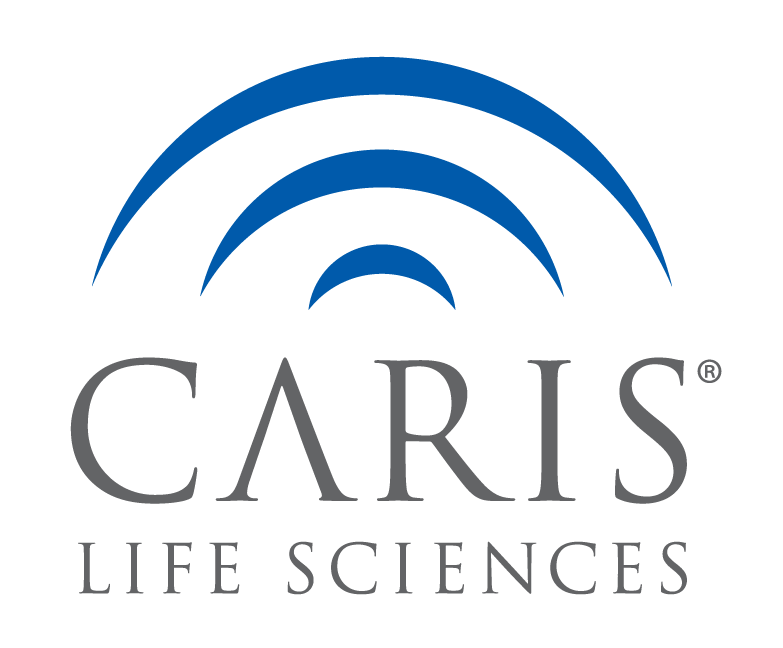Background: Cyclin E1 (CCNE1) amplification (CCNE1Amp) drives chromosomal instability (CIN) and is associated with immune cell exclusion, liver metastasis, therapeutic resistance, and poor survival in gastric adenocarcinoma (GA). However, the clinical relevance of CCNE1Amp in a larger real-world population is unknown. Therefore, we profiled the molecular landscape of CCNE1-amplified (amp) esophagogastric cancer (EGC) and explored treatment response outcomes.
Methods: Tumors were analyzed by next-generation sequencing (NGS) of DNA (592 genes, NextSeq; WES, NovaSeq) and RNA (WTS, NovaSeq) (Caris Life Sciences, Phoenix, AZ). Deficiency in mismatch repair or microsatellite instability (dMMR/MSI-H) was tested by fragment analysis, IHC, and NGS. Tumor mutational burden (TMB) was measured by totaling somatic mutations per tumor (high>10 mt/MB). PD-L1 was tested by IHC (22C3, 1+). Real world overall survival (OS) was extracted from insurance claims and calculated from first of treatment to last contact using Kaplan-Meier survival curves for molecularly defined cohorts. Statistical significance was determined using chi-square and Mann-Whitney U test with p-values adjusted for multiple comparisons (q<0.05).
Results: CCNE1Amp (copy number, CN ≥6) was identified in 142/2276 (6.2%) esophageal adenocarcinoma (EA), 101/1449 (7.0%) esophagogastric junction carcinoma (EJC), 109/2607 (4.2%) GA, and 6/751 (0.8%) esophageal squamous cell carcinoma (ESCC) samples. Metastatic sites such as lymph node and liver showed higher frequency of CCNE1Amp compared to primary sites. TMB, dMMR/MSI-H, and PD-L1 expression were similar in CCNE1-amp vs non-amp tumors. CCNE1Amp was enriched in CIN type tumors (defined by increased TP53 and ERBB2 amp) and was associated with decreased mutation of CDKN2A and CDH1. In addition, CCNE1-amp tumors showed increased HER2 positivity/ERBB2 amplification by IHC (14.3% vs 10.1%) or CN analysis (19.1% vs 10.3%). Differential gene expression analysis demonstrated increased liver X receptor/retinoid X receptor (LXR/RXR) pathway activation in tumors harboring CCNE1Amp. While there were no differences in OS between CCNE1-amp vs non-amp GA, CCNE1Amp was associated with worse OS after trastuzumab in the IHC HER2+ cohort (N=9 vs 28; HR (95% CI): 2.95 (1.18 – 7.34), p = 0.015). By contrast, there was a trend toward improved OS after immunotherapy in CCNE1-amp GA (N=9 vs 194; HR (95% CI): 0.34 (0.11 –1.07), p = 0.054).
Conclusions: CCNE1Amp is associated with a distinct molecular profile in EGC and resistance to HER2-targeted therapy. While CCNE1-amp tumors are thought to be generally “immune-cold,” CCNE1-amp GA demonstrated potentially improved outcomes with immunotherapy. Further investigation of CCNE1Amp as a predictive biomarker is warranted, particularly as novel therapeutics selectively targeting CCNE1Amp are under clinical investigation.

